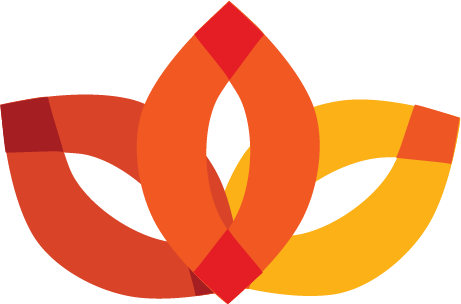
Are you….
…a facilitator skilled in gender equality and diversity issues?
…a process leader who wants an easy-to-use process, tools, and methods to involve people in such matters?
For you, this toolkit provides a process of how to involve people in gender equality and diversity matters. The toolkit’s methods, however, are easy to use, so they can be implemented by all people who want to increase their own and participants’ gender equality and diversity understanding.
The toolkit provides a means for collaborative and reflective strategies that promote gender and diversity awareness, a process that can contribute to new understanding and knowledge within your practice. The Promoting Sustainable Change Toolkit will help you better understand the needs of a diversity of people in new ways and simultaneously contribute to innovative solutions that meet those needs or are developed by a research or innovation team that is constituted by a diversity of competences and experiences.

”Promoting sustainable change” involves a toolkit: processes, methods, and tools for implementing gender equality work in research and innovation systems: collaborations between academia, industry and government in so called Triple Helix partnerships. By examining a set of phenomena in depth, relational aspects can be identified; they can be critically reflected upon in interaction with the participants, using inclusive participatory methods and tools.

This toolkit aims to be an easy-to-use set of methods that encourages a broad group of people to implement gender equality and diversity work. However, accomplishing this aim calls for motivated and committed people to promote the benefits of gender equality and diversity perspectives.
The process of building a gender and diversity aware innovation system starts with context specific identification tools, proceeds with creating shared understandings, and ends in creating a roadmap of actions for change. Various methods and tools can be used throughout the process, and in this toolkit some are outlined.

Process is a concept generally described as a series of actions that produce something or that is intended to lead to a certain result. There are numerous process models for different kinds of projects, but no one model ensures success.
People, organizations, and projects have different needs, so a predetermined process will not be very effective. Therefore, the first step is to determine the best strategy for your particular circumstances. Each project is unique and each situation is special. This means that you need to customize both process and methods for each gender equality and diversity process you take on.

A method is generally described as a systematic approach to achieve certain outcomes. The participatory approach described in this Promoting Sustainable Change toolkit involves people who are directly or indirectly affected by a work culture, project, design, results, products, projects, processes, services, or a system as a whole.
This section includes stories of how to approach promotion of sustainable change, with support of the gender equality and diversity toolkit.

Most literature and consulting practice on change involve first analysing a system and then recommending what actions to take. However, it is also often proposed that one cannot understand a situation without trying to change it. This involves the analysis of a situation as a learning situation, which can provide both knowledge and understanding. It is, however, important to remember that there is no best or fail-proof approach for addressing complex situations.
What are gender equality and diversity issues and how can you approach such matters? How can your understanding of gender and diversity contribute to research and innovation systems systems?
”Promoting sustainable change” provides answers to those and similar questions and encourages people to learn more about gender equality and diversity in research and innovation systems. This is a toolkit for experienced and new innovators as well as for people who want to learn more about how understanding gender and diversity can lead to more innovation in their everyday lives.
The Promoting Sustainable Change toolkit can be used in different ways depending on your group’s needs and which target group you are associated with. The aim is that the toolkit is generic enough for different areas or interests. However, it is also very flexible and can thus complement or supplement various other approaches. This means that if you are familiar with another approach, you can incorporate some of the tools and methods provided here. So be innovative in choosing and mixing your methods and your collaborators, who knows, some of the most innovative outcomes might be a result of some of the most unexpected combinations of competences, methods, and approaches.
This toolkit collects and organizes the tools that have been further developed and tested by seven universities in the Genovate consortium. The process and methods described in this toolkit illustrate how academic institutions, social innovators, funding agencies, knowledge transfer partnerships, and intermediaries can use gender equality and diversity tools. They also illustrate how it can promote sustainable change.
The Genovate project seeks to ensure equal opportunities for women and men by encouraging a more gender-aware management in research and innovation systems. One of the key objectives of Genovate is to promote the bene ts of a gender equality and diversity perspective in enhancing excellence in research and innovation systems.
This toolkit encourages the development of collaborative gender equality and diversity awareness. It includes a number of methods and tools for developing understanding and knowledge of diversity and gender constructions by providing a means for collaboration through sharing and reflecting on experiences.
By including women’s and men’s experiences, attitudes, and values, we believe the toolkit will promote innovative thinking and results.
April 21st, 2016
THE GENOVATE TEAM